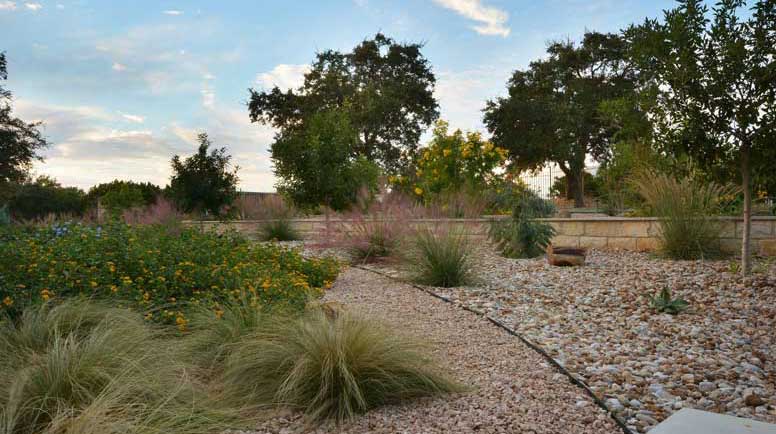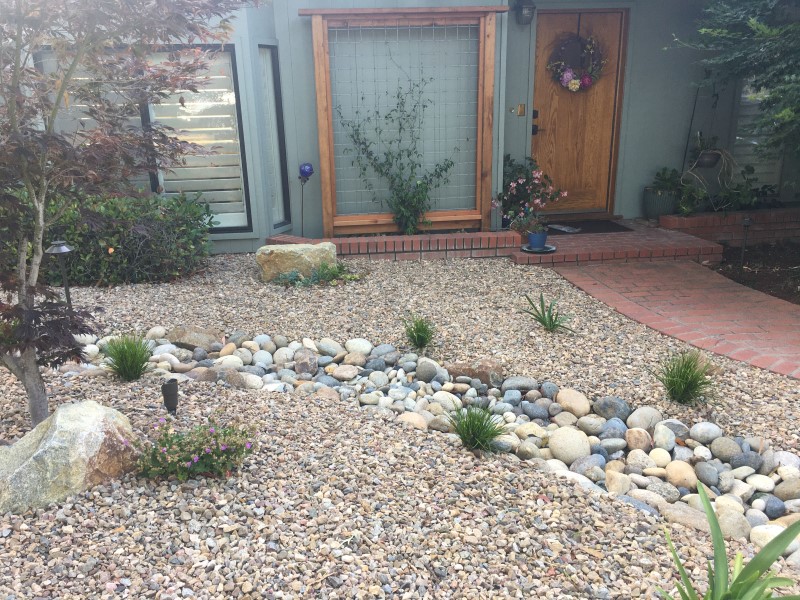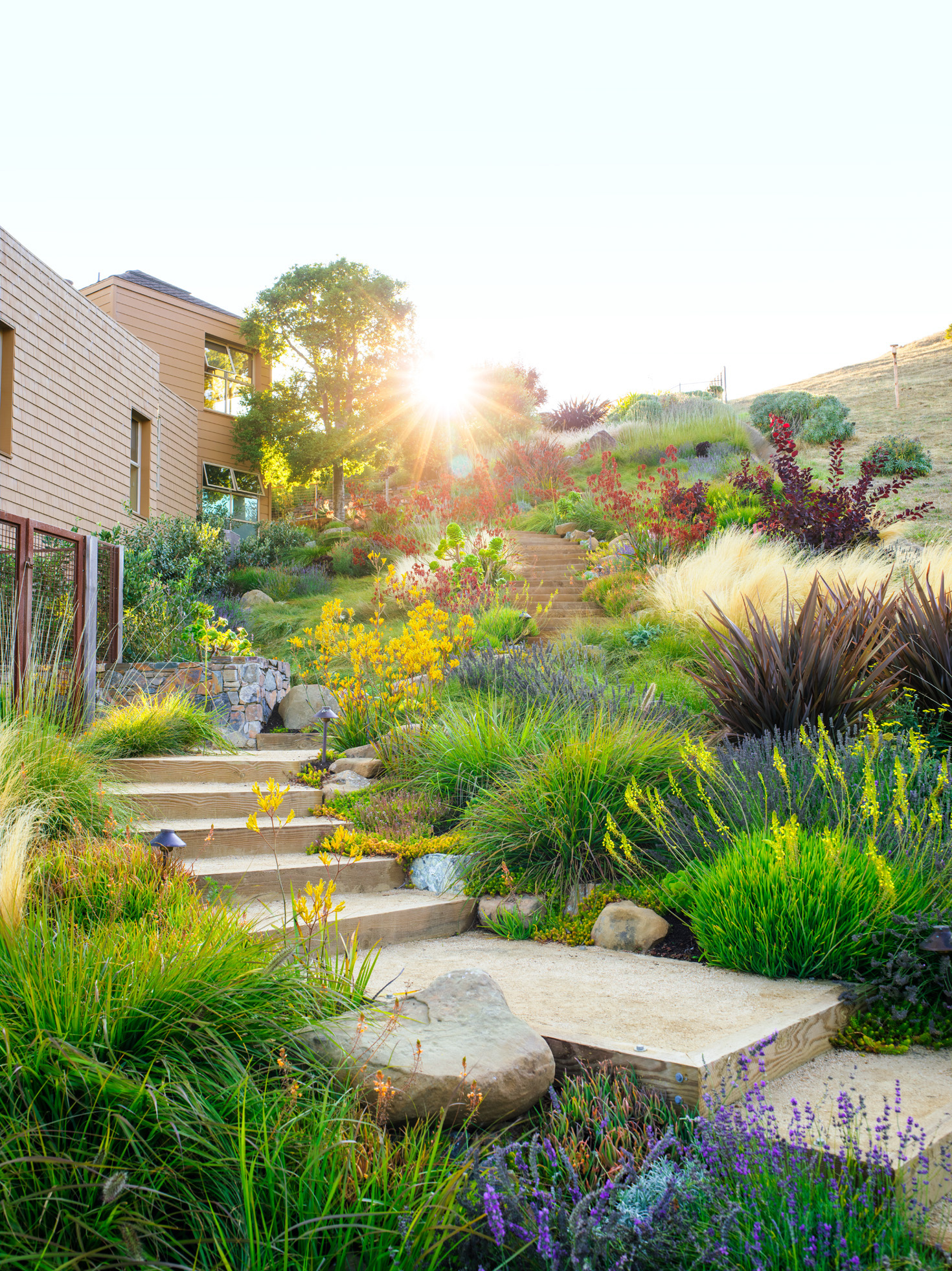All Categories
Featured
Table of Contents
- – Landscape Design Planner Brea, CA
- – Pacific Green Landscape Maintenance
- – Landscape Design And Construction Brea, CA
- – Landscape Design Installation Brea, CA
- – Water Wise Landscaping Brea, CA
- – Landscape Consulting Brea, CA
- – Landscape Companies In California Brea, CA
- – Landscape Designer Brea, CA
- – Landscape Design Companies Brea, CA
- – Local Landscape Designers Brea, CA
- – Landscape Consulting Brea, CA
- – Landscaping Design Company Brea, CA
- – Landscape Design Installation Brea, CA
- – Landscape Design Planner Brea, CA
- – Water Wise Landscaping Brea, CA
- – Pacific Green Landscape Maintenance
Landscape Design Planner Brea, CA
Pacific Green Landscape Maintenance
6530 Whittier Ave Whittier, CA 90601-3919(562) 203-3567
Pacific Green Landscape Maintenance
Select plants based on elevation, size, shape, shade, and kind that will certainly best help achieve the design objectives. Plants can be used to conserve energy or water, block undesirable sights or noise (dense plant material), control erosion on high slopes (lower growing groundcovers) and bring in birds, butterflies and bees. There are numerous resources for water-wise plant lists and tree option that are searchable by desired characteristics and water usage.
This does not necessarily indicate that water-wise landscapes are composed completely of indigenous plants. As a matter of fact, some indigenous plants, such as Aspen, do not normally do well at the elevations and water degrees in the majority of gardens as they are adjusted to high altitudes and wet-meadow situations. There are lots of plants from various other dry areas worldwide that are well-adapted to suit the low-water needs of our area.
Bear in mind that smaller plants often tend to have lower water requirements than larger plants. Think of the timing of the foliage, blossom and seed head display screens of the growing material to guarantee rate of interest all year. Try to Integrate springtime, summer season and drop passion in each growing team to ensure that no area in the landscape looks bare.
Contact your neighborhood Utah State College Area Extension Agent or most likely to the USDA Plant Hardiness Website to find out the strength area of your area. Lawns have lots of benefits including cooling effects, disintegration control, water filtration and water seepage. Lawns can stand up to trampling and play that no other plant can manage.
Landscape Design And Construction Brea, CA
With careful selection and reliable watering, grass can be a crucial component of the low-water landscape. Of the seven guiding concepts of water-wise landscape design (a.k.a. Xeriscaping), the most debatable entails the usage of turfgrass in the landscape.
Buffalo yard (right) is a great lawn choice for Intermountain landscapes. The factor that turfgrass is stated particularly in water-wise landscaping guidelines is that there is excellent potential for over-irrigation of turfgrasses. Unlike various other plants that show the stresses of over-watering conveniently, turfgrass has the ability to stand up to a large amount of over-irrigation without displaying signs of stress.
Landscape Design Installation Brea, CA
These realities combined with a "a lot more is constantly much better" perspective towards landscape irrigation, incline turfgrass areas to over-irrigation. Landscape Design Company Brea. Turfgrass has some extremely certain benefits in the landscape. It is the only landscape plant product that can endure the stresses of website traffic and mowing that are typically used to it.
One such benefit is a decrease in the quantity of surface area runoff water. An ordinary golf course, for example, can absorb 4 million gallons of water during a 1-inch rainstorm.
Water Wise Landscaping Brea, CA

If the only time a grass area gets web traffic is when it's trimmed, maybe a reduced upkeep plant would certainly work in that location. In Utah, specific ranges of various turfgrass types perform far better. These might be discovered in the bulletin Turfgrass Cultivars. This publication also discusses the features and applications of generally utilized turfgrass varieties in Utah.
If the turfgrass is not performing a practical duty, does it actually need to be watered? Lots of turfgrasses can withstand considerable drought stress by going into dormancy (transforming brownish). When problems boost, they will certainly environment-friendly up once more. In these sorts of places, there are lots of other plants that are much more functional options.
Additionally, end up being accustomed to the actual water requirements of the turfgrass and do not surpass them. For instance, cutting at a height of 2 or 3 inches will certainly encourage much deeper rooting and improved warmth and drought resistance. Appropriate fertilization will also sustain healthy and balanced turfgrass and allow it to hold up against the anxieties of warmth and drought better.
Landscape Consulting Brea, CA
When these guidelines are complied with, turfgrass ends up being an appropriate, functional, and lovely element of the water-wise landscape. Mulch can give numerous advantages in water-wise landscapes. Mulch covers the dirt and prevents crusting, compaction, and water evaporation, while likewise giving a vital visual style element. Picking the appropriate compost for the scenario is dependent on plant choice, sprinkling regimen and website use.
Mulch covers the dirt and avoids crusting, compaction, and water dissipation. Mulch covers the dirt and stops crusting, compaction, and water evaporation.
Landscape Companies In California Brea, CA

Compost additionally minimizes the number of weeds in a water-wise landscape by preventing light-induced germination of weed seeds. With less weeds, less farming is needed, which can prevent damages to plant origins, dirt structure, and soil organisms. In enhancement, compost moderates soil temperature and shields plant origins. In winter months, moderation of soil temperature can avoid plants from heaving out of the ground because of freezing and thawing.
Organic mulches consist of products such as timber or bark chips, shredded bark, nut coverings, want needles, or various other disposed of plant parts. These products have the possible to enhance dirt structure, rise soil fertility, avoid compaction, and rise soil natural issue as they break down and are integrated into the soil.
To make certain ample water seepage and oygenation and to slow decay, make sure mulch bits are larger than the underlying soil fragments (usually bigger than a fifty percent inch in diameter). Recycled plant products have to be complimentary from weed seeds, disease-causing microorganisms, and chemical and herbicide deposits. You can either make use of healthsome plant parts that have not been chemically treated, or you can compost your compost prior to use.
Nitrogen loss can be stayed clear of by using composted compost or by including nitrogen at a rate of 1-2 pounds real N per 1000 ft2. Over time, organic composts damage down and will certainly require to be restored. Replenishment can be accomplished merely by adding even more mulch over the top of the broken down mulch material.
Landscape Designer Brea, CA
The choice about which to utilize will rely on the type of landscape, the factor for its usage, and its schedule. Instances include gravel or smashed rock, lava rock, recycled tumbled glass, and cobblestones of different dimensions, shapes, and shades. The size of inorganic compost fragments must enhance the scale of the landscape.
A 2-inch thick layer of compost calls for concerning 6 cubic lawns of material per 1000 square feet of area. Leave a couple of inches of mulch-free location around the base of woody plants to protect against origin collar diseases and rodent damage. The most effective time to use compost is promptly after planting in the fall, or in the springtime after the soil has actually heated.
Along with saving water, correct watering can motivate deeper root development and much healthier, much more drought forgiving landscapes. A vital part of water-efficient landscaping is creating hydrozones for your watering requires. To provide ample water to all plants without over or under-watering some, team plants with comparable watering requires in one zone.
Landscape Design Companies Brea, CA
One more vital facet of irrigation planning consists of routine upkeep of the system. Month-to-month assessment of the watering system, while in operation, will certainly aid you to discover and repair any busted, misaligned, or clogged lawn sprinkler heads and maintain your system running successfully. Drip Irrigation systems is composed of plastic pipelines with emitters that provide water straight to plants.

Plan and layout watering systems so that turfgrass areas are irrigated individually from various other landscape plants. There are a number of sources readily available to determine the suitable sprinkling timetable for lawn areas in Utah. from the Utah Department of Water Resources from the Utah Division of Water Resources Trees and bushes have much deeper and a lot more comprehensive root systems than turfgrass so they ought to be watered much less regularly however, for longer periods of time.
It is vital to figure out sub-surface dirt dampness. Dirt moisture can be determined using a soil moisture probe. Trees or hedges ought to be sprinkled to a deepness of 18-20 inches. The amount of water to apply in any kind of scenario depends on the soil type. Sandy dirts soak up water the fastest (concerning 2" per hour), adhered to by loam dirts (3/4" per hour).
Local Landscape Designers Brea, CA
By enabling water to pass through deeper into the dirt profile, you are urging deeper rooting and an even more dry spell tolerant plant. Constant, light watering will bring about plants that have a superficial root system and that are extra prone to water stress. When making use of automatic sprinkler concerning 1/2 -1 inch of water may be called for weekly for shrubs and smaller sized trees (
Similar to lawn sprinkler, purge the drip system before running it by eliminating the emitters and allowing water run through the tubes for a few mins to clear out any type of dust and debris. Change emitters and run the system, one shutoff each time, to examine for troubles. Basic winterization of a sprinkler system is rather straightforward.
Each valve must be turned on to release pressure in the pipelines and water need to be drained from the system to secure any type of components that might ice up. Your system might have drain valves that can be opened up for drainage, or you may need to blow out the system using air.
Landscape Consulting Brea, CA
Examine your water system at the beginning of the season to adjust any type of heads and make certain there was no damage over the winter. The Water Check program offers free irrigation sign in lots of Utah counties. To find out extra, or to figure out exactly how to inspect your system on your own, go to the CWEL Water Check web page.
A weed is just a plant misplaced. Keeping that in mind, any plant can be a potential weed if it crowds out or consumes sources required for preferable plants. Landscape Design Company Brea. Some "slim" plants end up being such an issue that they wind up being declared "poisonous" in a particular region
Remember that water made use of by a weed is inaccessible to preferable plants. Weeds can be annuals (germinate, duplicate, and die in one season) or perennials (make it through over years). It is very important to discover to identify and categorize weeds in the seedling phase because this will certainly determine your ideal control options.
Landscaping Design Company Brea, CA
Annual weeds that have not gone to seed can be composted, however seasonal weeds ought to constantly be discarded in the trash. Hoeing and tilling are choices to hand-pulling, yet care has to be taken about established growings so you don't interrupt or damage the roots of preferable plants. need to be utilized around landscape plants to inhibit weeds and preserve water.
Weed plants that do turn up in mulched areas are much less complicated to hand-pull, as long as you capture them early. Organic composts will need to be refreshed routinely as they gradually decompose. Do this by roughing up the old mulch and adding a light layer of brand-new mulch over the top.
Landscape Design Installation Brea, CA
As with automatic sprinkler, purge the drip system before running it by eliminating the emitters and letting water go through the tubing for a couple of mins to clear out any type of dust and debris. Replace emitters and run the system, one valve at a time, to check for troubles. Standard winterization of a sprinkler system is quite simple.
Each valve must be transformed on to release pressure in the pipelines and water ought to be drained from the system to safeguard any elements that might freeze. Your system may have drainpipe valves that can be opened for drainage, or you might need to burn out the system utilizing air.
Landscape Design Planner Brea, CA
Inspect your water system at the beginning of the period to adjust any kind of heads and ensure there was no damages over the winter season. The Water Check program offers cost-free watering checks in many Utah areas. To figure out extra, or to discover out exactly how to examine your system on your own, go to the CWEL Water Inspect page.
A weed is merely a plant out of area. With that said in mind, any kind of plant can be a possible weed if it crowds out or uses up resources required for preferable plants. Some "slender" plants come to be such a problem that they wind up being declared "poisonous" in a certain area.
Bear in mind that water used by a weed is inaccessible to desirable plants. Weeds can be annuals (sprout, reproduce, and die in one season) or perennials (survive over years). It is essential to discover to recognize and classify weeds in the plant phase because this will certainly identify your ideal control options.
Yearly weeds that have not gone to seed can be composted, however seasonal weeds should always be disposed of in the garbage. Hoeing and tilling are alternatives to hand-pulling, however treatment should be taken about developed growings so you do not interrupt or destroy the roots of desirable plants. ought to be utilized around landscape plants to inhibit weeds and preserve water.
Water Wise Landscaping Brea, CA
Pacific Green Landscape Maintenance
Address: 6530 Whittier Ave Whittier, CA 90601-3919Phone: (562) 203-3567
Email: [email protected]
Pacific Green Landscape Maintenance
Weed seed startings that do show up in mulched locations are a lot easier to hand-pull, as long as you catch them early. Organic composts will certainly require to be freshened regularly as they slowly break down. Do this by roughing up the old mulch and adding a light layer of brand-new compost over the top.
Landscape Designers In My Area Brea, CALandscape Designer Brea, CA
Landscape Design And Installation Brea, CA
Design And Build Landscape Brea, CA
Landscape Designer Brea, CA
Design Landscaping Brea, CA
Landscape Design & Construction Brea, CA
Landscape Consulting Brea, CA
Landscape Design And Construction Brea, CA
Landscape Design & Construction Brea, CA
Landscape Design Companies Brea, CA
Yard Design Brea, CA
Landscape Companys Brea, CA
Landscape Design Planner Brea, CA
Backyard Landscaping Company Brea, CA
Landscape Design Services Brea, CA
Yard Design Brea, CA
Backyard Landscaping Company Brea, CA
Landscape Companys Brea, CA
Landscape Design And Installation Brea, CA
Landscape Design And Installation Brea, CA
Construction Landscaping Brea, CA
Landscape Design And Construction Brea, CA
Green Landscaping Company Brea, CA
Backyard Landscaping Company Brea, CA
Landscape Design Services Brea, CA
Backyard Landscaping Company Brea, CA
Landscape Design And Installation Brea, CA
Green Landscape Brea, CA
Design Landscaping Brea, CA
Green Landscaping Company Brea, CA
Landscape Consultants Near Me Brea, CA
Landscape Design Planner Brea, CA
Landscape Design And Construction Brea, CA
Landscape Consulting Brea, CA
Landscape Design & Construction Brea, CA
Water Wise Landscaping Brea, CA
Landscape Companys Brea, CA
Design Landscaping Brea, CA
Landscape Designers In My Area Brea, CA
Landscape Design & Construction Brea, CA
Yard Design Brea, CA
Landscape Design And Construction Brea, CA
Landscaping Design Company Brea, CA
Landscape Designers Brea, CA
Landscape Consultants Near Me Brea, CA
Landscape Design Company Brea, CA
Landscape Consultants Near Me Brea, CA
Design And Build Landscape Brea, CA
Design Landscape Brea, CA
Design Landscape Brea, CA
Landscape And Design Brea, CA
Landscape And Design Brea, CA
Landscaping Design Company Brea, CA
Landscape Design & Construction Brea, CA
Front House Landscaping Brea, CA
Landscape And Design Brea, CA
Landscape Design Companies Brea, CA
Yard Design Brea, CA
Landscape Designer Brea, CA
Landscape Designers Brea, CA
Landscape Design Installation Brea, CA
Drought Tolerant Landscape Design Brea, CA
Finding A Good Local Seo For Law Firms Brea, CA
Near Seo Citations Brea, CA
Pacific Green Landscape Maintenance
Table of Contents
- – Landscape Design Planner Brea, CA
- – Pacific Green Landscape Maintenance
- – Landscape Design And Construction Brea, CA
- – Landscape Design Installation Brea, CA
- – Water Wise Landscaping Brea, CA
- – Landscape Consulting Brea, CA
- – Landscape Companies In California Brea, CA
- – Landscape Designer Brea, CA
- – Landscape Design Companies Brea, CA
- – Local Landscape Designers Brea, CA
- – Landscape Consulting Brea, CA
- – Landscaping Design Company Brea, CA
- – Landscape Design Installation Brea, CA
- – Landscape Design Planner Brea, CA
- – Water Wise Landscaping Brea, CA
- – Pacific Green Landscape Maintenance
Latest Posts
Intimate Wedding Photographer Orange County
El Cerrito Kitchen Remodeling Company Near Me
Industrial Electrical Contractors Martinez
More
Latest Posts
Intimate Wedding Photographer Orange County
El Cerrito Kitchen Remodeling Company Near Me
Industrial Electrical Contractors Martinez